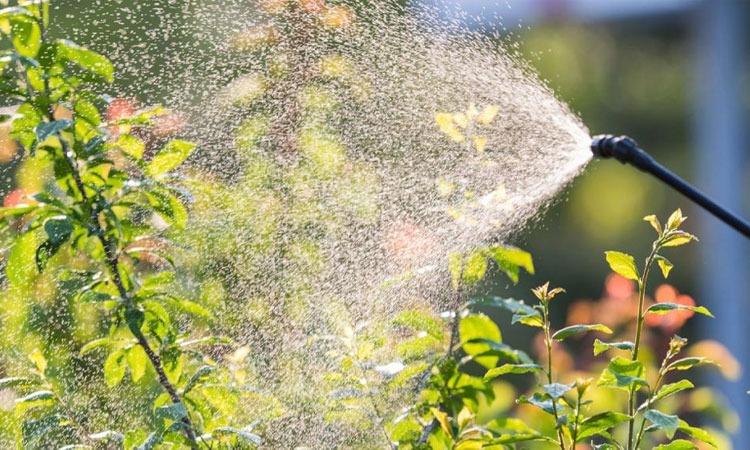The company may suffer significant losses due to ineffective pest control measures
When it comes to product recalls, damage to the company’s reputation, loss of stock and products, and legal actions that could ultimately force the closure of the business, inadequate insect prevention and control procedures can cause major financial losses for the firm.
The supply chain’s potential threat
Many factors, including the ingredients, packaging, lighting in the facility, and the smells of the food, can lead to bug infestations in the food processing facility. Their availability of food, water, warmth, protection from predators, and shelter within the structures will provide the ideal conditions for their expansion if appropriate action is not taken.
What Integrated Pest Control Does
A pest control company Dubai implemented a method known as Integrated Pest Management. Inspection, identification, and treatment are the three main steps in the process. It is, nevertheless, a challenging one that requires professional execution to satisfy legal mandates and approved food standards.
Main pest problems in food processing
The range of pests present in food processing facilities varies according to the region, temperature, and type of food processed; nonetheless, the most common pests include flies, beetles, moths, rodents, and cockroaches. Beetles, weevils, moths, and mites—all arachnids—that infest food in storage are known as “stored product insects,” or SPIs for short.
These insects can be discovered in items that are stored anywhere in the food chain, from the farm to the kitchen. When food products or ingredients are transported to processing facilities, there is a greater chance that pests from the stored product will be discovered. Numerous dehydrated food items, including cereal-based products, tea, coffee, almonds, seeds, and dehydrated fruit, are vulnerable to pest infestations.
Insects can exist simultaneously as eggs, larvae, pupae, or adults.
Materials they can permeate include paper, cardboard, plastic, cellophane, and foil packaging. As certain insects have smaller entrance holes than what is visible to the human eye, packaging that contains bugs may seem to be in good condition. Although insects and mites may not consume large quantities of food, they can nevertheless contaminate large amounts of it by bodily harm, excrement, cocoons, and other methods. Usually restricted to certain port locations, the ship rat was once more prevalent.
A large facility will have its rats and mice nest close to easily available food stocks since they are drawn to food sources and do not travel far from their hiding places or nesting locations. Because of the number of litters they may produce, the length of time it takes them to reach adulthood, the protection from predators, and the favourable environmental conditions found inside buildings, rats and mice can have rapid population increases when there is an abundance of food available. Their large size (which allows them to hide in tight spaces), diversified diet, quick reproduction, and potential for disease transmission make them especially problematic for food processing.
Methods for managing pests
Disinfection company Dubai, provides aerosols, sprays, and bait are just a few of the cockroach treatments available. Approved by the relevant government, insecticides used in food processing facilities can only be applied by trained personnel. Using chemical-free management methods suitable for sensitive commercial environments, Rentokil uses Insect Monitor Units to identify activity indications.




